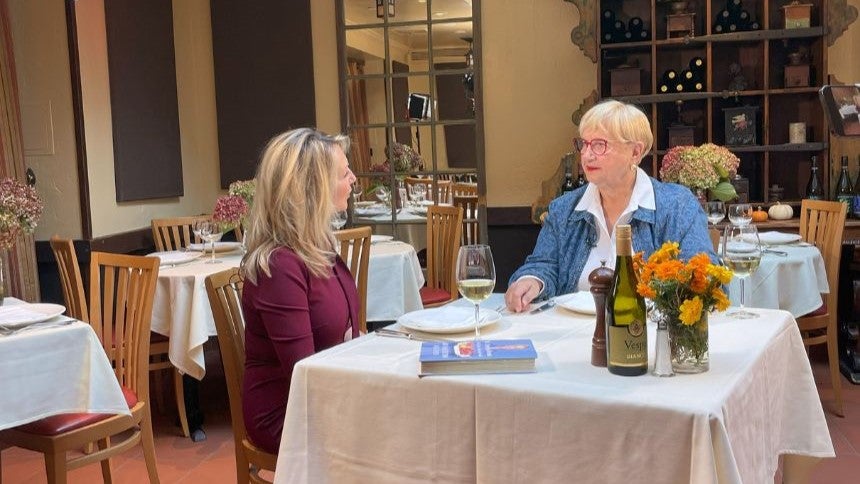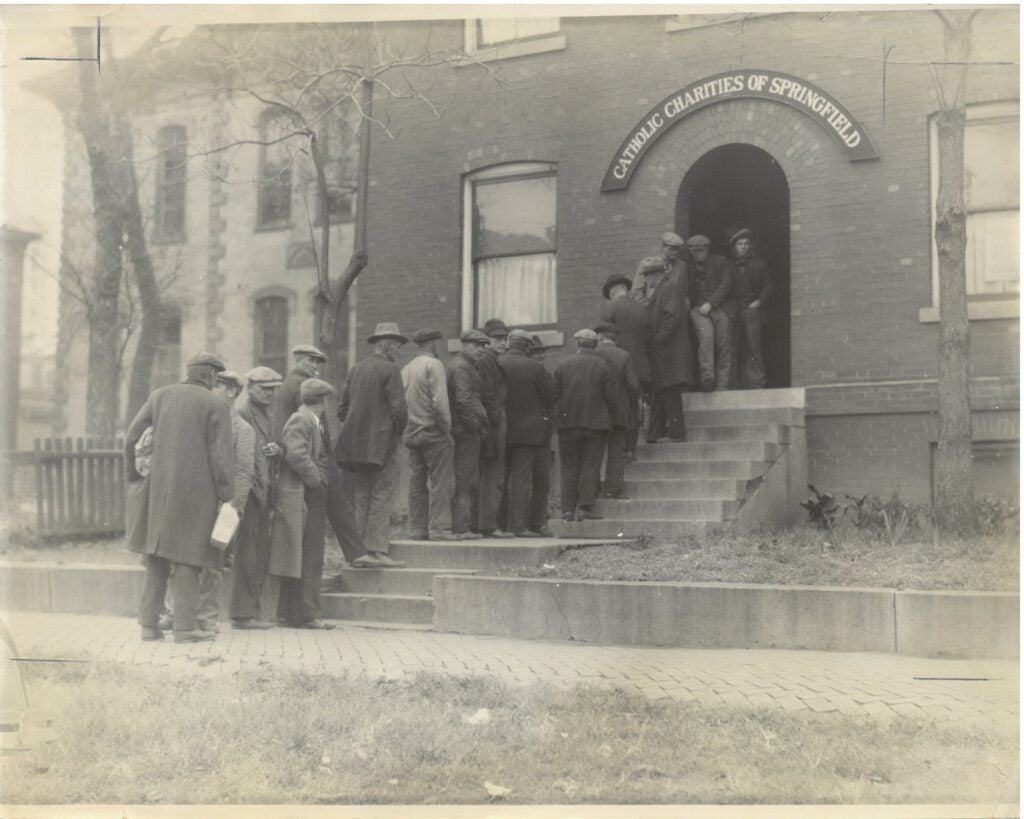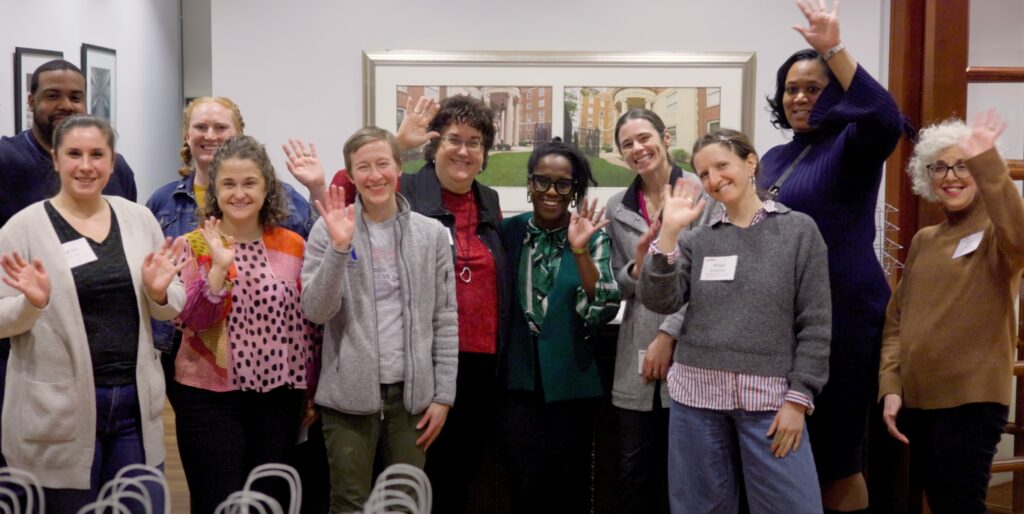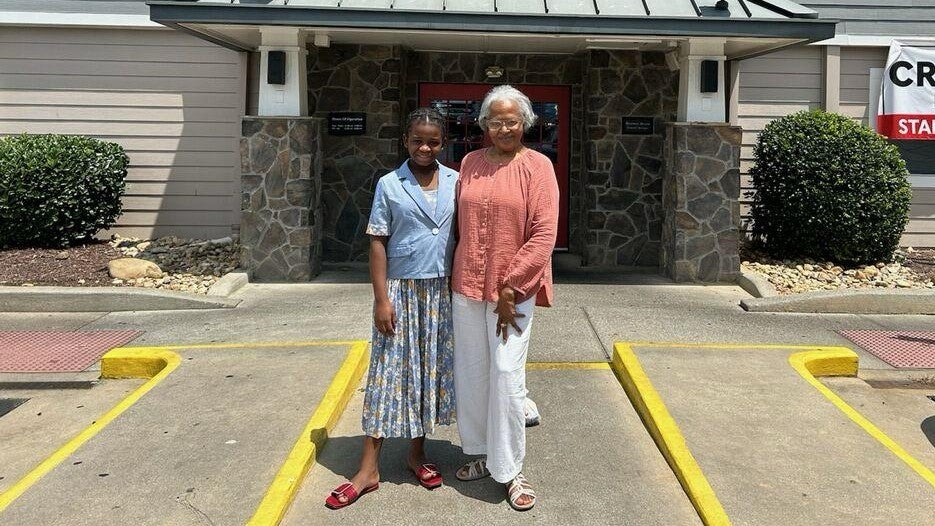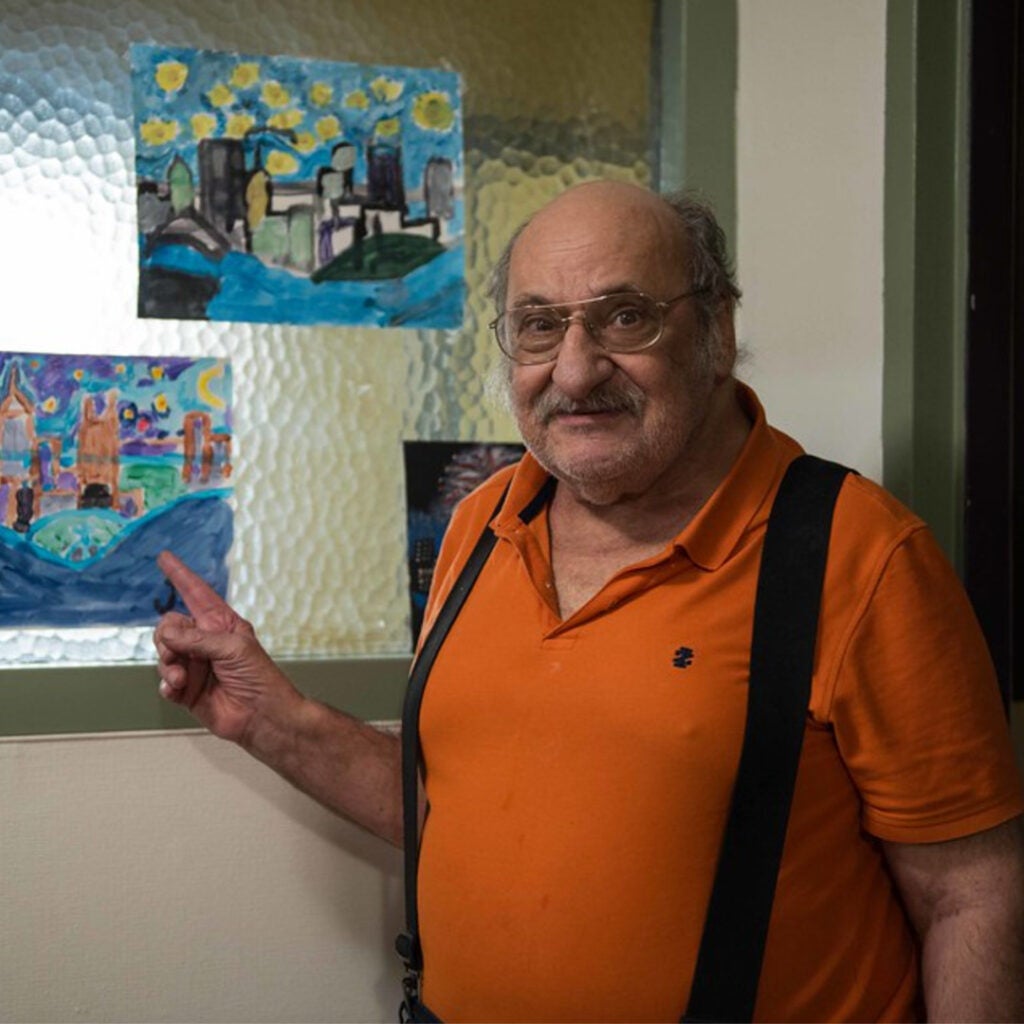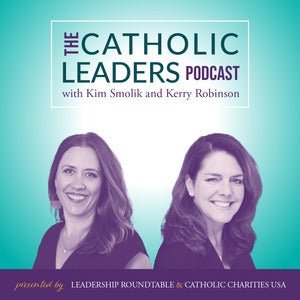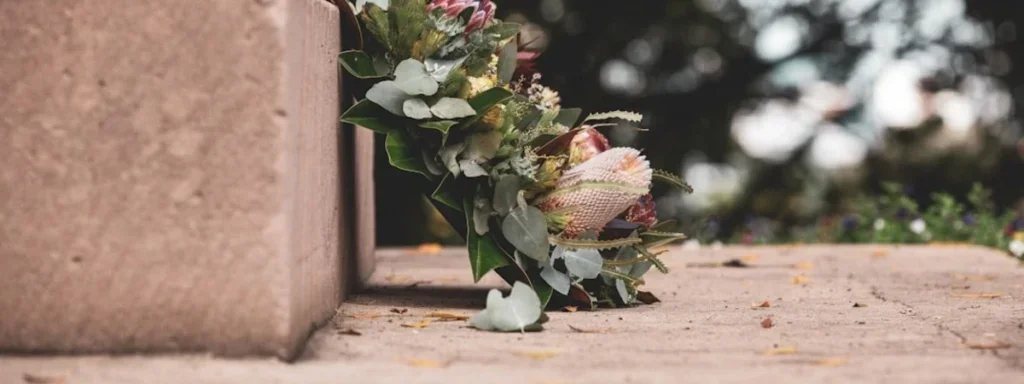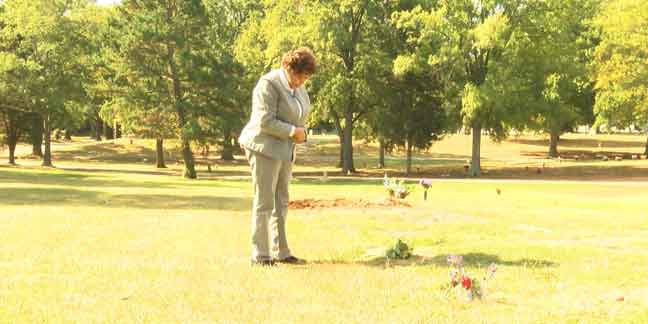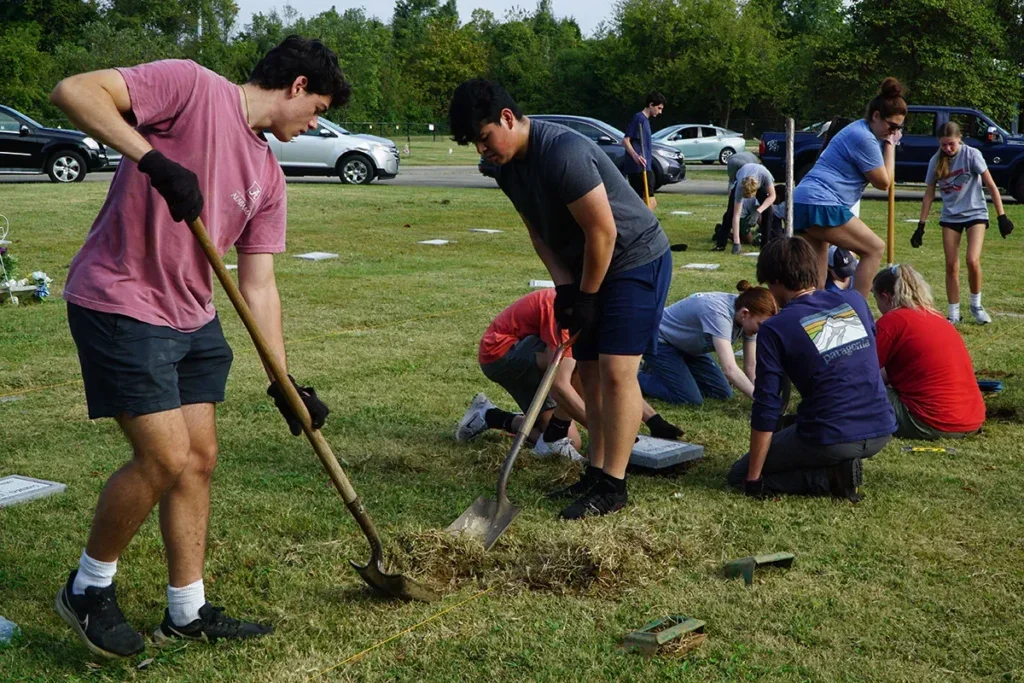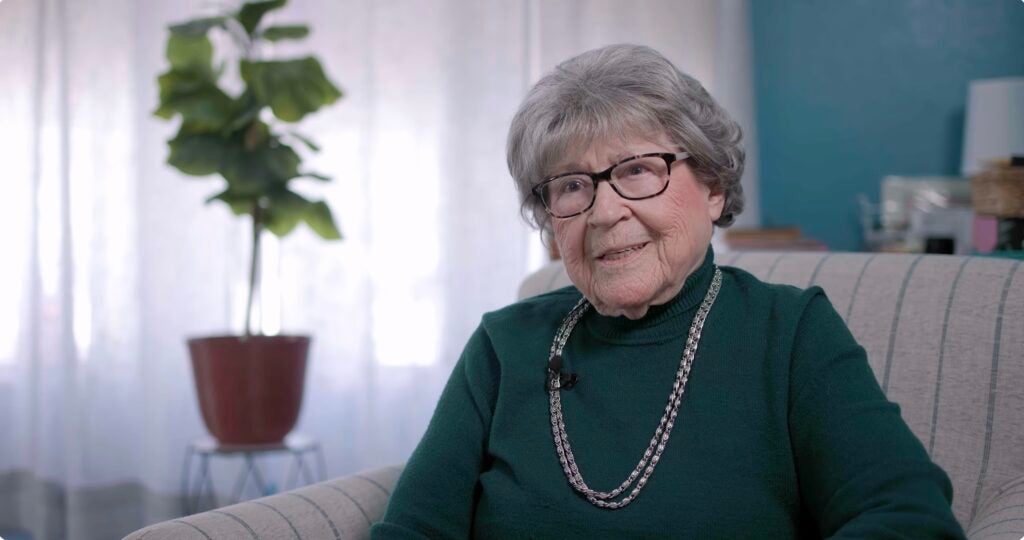
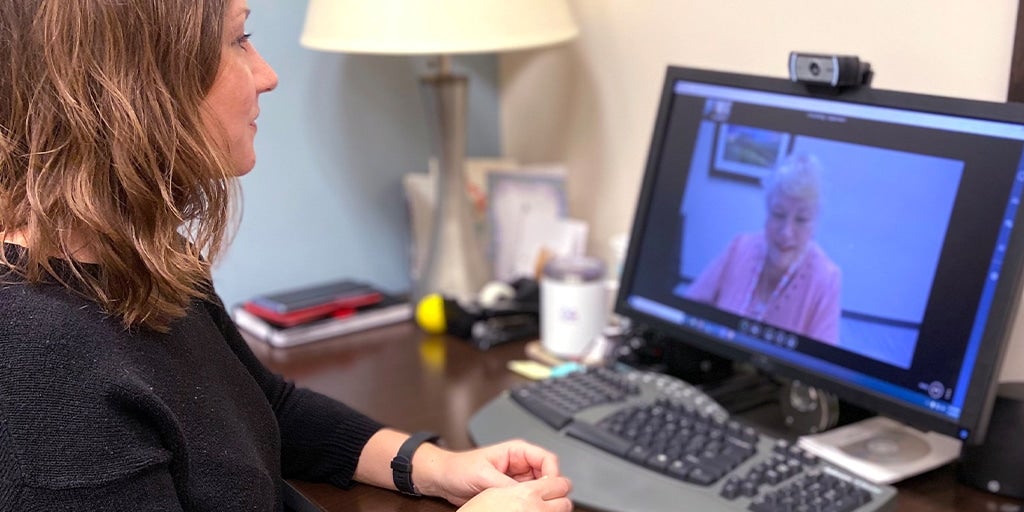
The coronavirus pandemic has taken an emotional toll on Americans, with mental health professionals reporting they are getting more requests for assistance from people feeling helpless and experiencing anxiety and depression.
Inquiries are coming from people of all ages — young children, teenagers, the middle-aged and the elderly — as they struggle to cope with social isolation, financial hardship, online learning and uncertainty emerging because of the departure from the routines of pre-pandemic life.
The annual Gallup health and health care survey in November revealed that Americans’ assessment of their mental health is at its lowest point since 2001 — with 76% of respondents rating their mental health as good or excellent, down from 85% in 2019.
For many Americans, the challenges introduced by the pandemic mark the first time they have confronted mental illness. The National Alliance on Mental Illness has described the rising demand for mental health services as “the silent epidemic within the pandemic.”
“I don’t think anybody anticipated what it was going to feel like to change so drastically as we did,” said Theresa Nguyen, vice president of research and innovation at Mental Health America, which advocates for people living with mental illness.
The organization reported that nearly 2.5 million people took its mental health screening in 2020, compared with 1 million who did so in 2019.
The professionals, including those at Catholic Charities agencies that offer counseling services, told Catholic News Service that more people searching for help is a good thing because it shows that the stigma society holds about mental illness is waning.
Nationwide, Catholic Charities clinicians report higher numbers of people reaching out for help across all age groups. The trend largely began in late summer, several months into the pandemic’s run. Notably, adolescents, teenagers and young adults are seeking help at higher levels than other age groups.
“It has to do with isolation,” said Amy Shipman, director of counseling at Catholic Charities of the Archdiocese of Oklahoma City. Children are feeling lonely because they are not interacting as closely with friends and classmates, leading to increased anxiety and more stress, she explained.
“A lot of parents are concerned about the isolation piece, the regression of their child being isolated, staying in their room more, not eating, not sleeping properly,” Shipman said.
Such situations have led parents to clinicians as well. On top of concerns for their own kids, many parents are facing economic difficulties because of a pandemic-induced job loss or added stress of having to directly oversee their children’s online education and being unsure of how to do so.
“For a lot of people, the hard part was those transition periods and not knowing what to do next. It’s fear of the unknown,” Lisa Surrency, program director at Counseling Solutions at Catholic Charities of the Archdiocese of New Orleans, said.
The Family Counseling Guidance Center of Catholic Charities of the Archdiocese of Boston has seen its client base remain constant during the pandemic. Callie Armstrong, clinical director, said although overall numbers are stable, counselors are working with more adolescents and young adults.
“For adolescents, given they are in a stage of development where they’re forming their identities, it’s tricky when you’re not around your peers, exploring the world, seeing what they like to do and not like to do,” she told CNS.
The more isolated people are, the more likely they are to experience anxiety and depression, explained Vicki Trujillo, executive director of Catholic Charities of the Diocese of Gallup, New Mexico, which operates five regional offices that reach into northeast Arizona and primarily serve Native American communities.
Trujillo estimated the caseload for the agency’s small mental health counseling staff has jumped 40% to 45% during the pandemic. In late February, new clients had to wait up to three weeks to meet a counselor.
“People are isolated because they don’t live in town,” she said. “They were locked down so they couldn’t come to town to get their needs (addressed). And most of them are dealing with huge loss in their life because they’ve lost parents, their siblings, aunts, uncles. I had a man from one family that lost six members of his family. The loss is very great.”
Access to mental health services has been limited to online counseling for the program’s clients. Because many Native American families do not have access to the internet, some people must travel to a community center on their reservation or another location to utilize a computer for telehealth counseling sessions.
To ease the burden, the agency is utilizing funding under one of last year’s pandemic relief laws to set up computers in more convenient locations, including at a Catholic Charities office in Grants, New Mexico, closer to one of the reservations the agency serves.
As mental health needs have grown, professionals are watching for potential warnings of increased suicide.
Limited statistics from Massachusetts, Connecticut and Vermont indicate that the number of suicides in each state has declined slightly or remained unchanged since last March. Sporadic reports from smaller areas of the country also show stable or even fewer suicides. There have been isolated reports of increases in some locales, however, largely among teenagers and young adults.
Nationally, it is difficult to track real-time suicide statistics as monitoring systems are slow to report. The Centers for Disease Control and Prevention currently has made available statistics only through 2019 and it will be late this year — nearly two years after the pandemic began — before experts will know if suicides rose during 2020.
Jill Harkavy-Friedman, vice president of research at the American Foundation for Suicide Prevention, said the apparently stable level of suicide deaths is a “positive sign that more people are reaching out for help” during the pandemic.
She said federal, state and local officials are recognizing that addressing mental health needs is as important as addressing the other social inequalities that the pandemic has heightened. “It’s the first time that mental has been treated as a priority,” she said.
Friedman noted how more money allocated in pandemic relief measures is flowing to reinvigorate community mental health centers. Still, she called for broader investment in such services as well as in crisis care for people contemplating suicide.
Professionals such as Friedman said the time has come for America to prioritize mental health like it has traditional health care. They called for the federal government to spearhead widespread investments in mental health and substance use services.
Such services have received some attention under the three pandemic relief measures adopted by Congress and signed into law. Most recently, $4.25 billion was included in the pandemic relief package approved in December. Another $4 billion is included in the $1.9 trillion aid package currently being debated in Congress.
Chuck Ingoglia, president of the National Council for Behavioral Health, which represents more than 3,300 treatment organizations, said sustained federal support for mental health services is necessary as the country emerges from the pandemic.
“One-time investments are good. No one is going to say ‘No’ to that. But it doesn’t lead to increased capacity and long-term effectiveness,” Ingoglia told CNS.
“It shouldn’t matter where you live. If you live in Birmingham, Michigan, or Birmingham, Alabama, if you have a mental health or substance use disorder there are certain services you should get,” he said.
Ingoglia was one of 14 top officials of the nation’s leading mental health advocacy and professional associations who announced in December the formation of a coalition to engage with the federal government, state governors and local officials.
They introduced a “road map” to address mental health needs as a way to help the country weather the pandemic.
The plan encompasses seven policy areas including the importance of early identification and prevention; leveling inequalities in access to care; rapid deployment of emergency crisis response and suicide prevention; integrating mental health care with traditional health care; diversifying the mental health care workforce, peer support and community-based programs; and achieving parity in payment by health plans for services.
Mary Giliberti, executive vice president of Mental Health America, said the integration of telehealth services for mental health needs has played a major role in allowing more people to access the counseling they need. She said such access must continue, not be reduced, in the future.
Like traditional health care, which has integrated preventative care as a necessity, the prevention of mental illness is just as important, Giliberti said. She also urged the adoption of policies that find mental health services becoming available to children in school.
“COVID has made it clear that everybody has mental health and that these needs are part of overall health,” she said. “We continue to make the case that there is no health without mental health.”
– – –
Editor’s Note: If you or someone you know needs help, call the National Suicide Prevention Lifeline at (800) 273-TALK (8255). You can also text a crisis counselor by messaging the Crisis Text Line at 741741. The National Alliance for Mental Illness HelpLine can be reached Monday through Friday, 10 a.m. to 8 p.m. Eastern time at (800) 950-NAMI (6264) or info@nami.org.
– – –
Copyright ©2021 Catholic News Service/United States Conference of Catholic Bishops. The CNS news services may not be published, broadcast, rewritten or otherwise distributed, including but not limited to, such means as framing or any other digital copying or distribution method in whole or in part, without the prior written authority of Catholic News Service.
